#Al Naslaa
Explore tagged Tumblr posts
Text
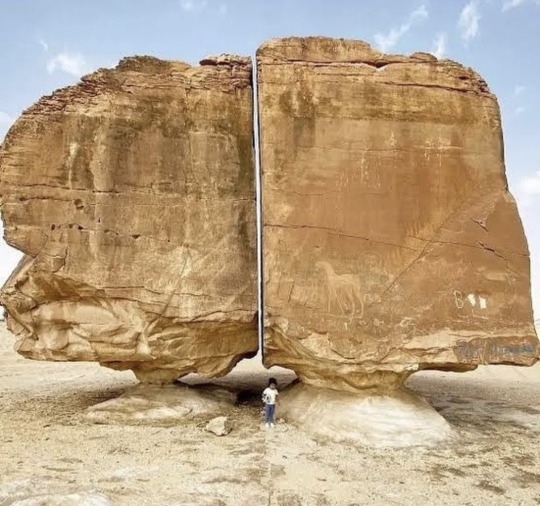
Al Naslaa, earths most bizarre geological rock formation
In the Saudi Arabian desert, the Al Naslaa rock formation looks completely unnatural. Its perfectly vertical split remains a mystery. With petroglyphs dating back thousands of years and evidence of human inhabitants dating back to the Bronze Age, the Al Naslaa rock formation towers over its surroundings.
685 notes
·
View notes
Text
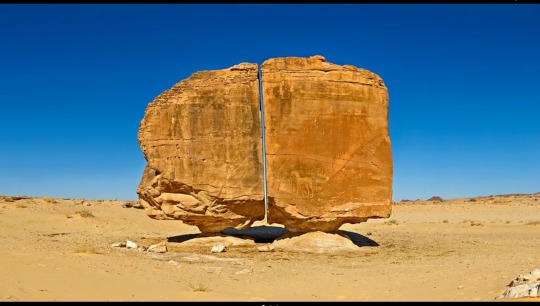
The Al Naslaa Rock Formation
#Al naslaa#saudi arabia#rock formations#rocks#petroglyphs#boulders#nature#fault lines#mystery#geology#sandstone#desert#Balance#remote#Perfect
17 notes
·
View notes
Text
Le mystérieux rocher Al Naslaa de l'oasis de Tayma
Nouvel article publié sur https://www.2tout2rien.fr/le-mysterieux-rocher-al-naslaa-de-loasis-de-tayma/
Le mystérieux rocher Al Naslaa de l'oasis de Tayma
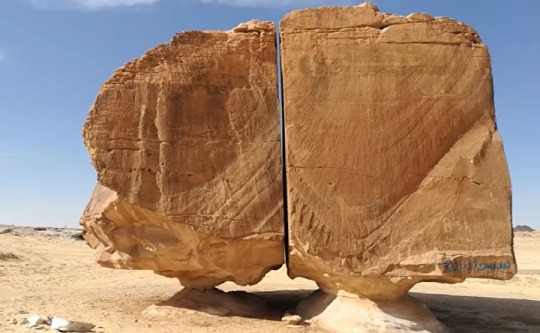
#Al Naslaa#Arabie Saoudite#caillou#decoupage#erosion#fente#fissure#laser#legende#oasis#petroglyphe#rocher#Tayma#vidéo#volcan#imxok#nature#voyage
0 notes
Text
Unveiling the Most Surreal & Mysterious Places Around the World
What surreal place would you add to this list? Share your thoughts and travel dreams in the comments below!
Prepare to be awestruck! This journey takes you to the planet’s most surreal & mysterious places, from ancient enigmas to natural wonders that defy logic. Get ready to question reality! A photorealistic image of a woman standing in awe and wonder amidst the surreal and mysterious places around the world. Explore these incredible destinations with us! Image generated using AI. Free to download on…
#Abu Simbel#adventure#Al Naslaa Rock#amazing places#AmazingPlaces#ancient wonders#AncientIndia#AncientMystery#AncientWonders#Atacama Desert#AtacamaDesert#AtacamaGiant#bucket list#BucketList#CetinaRiver#Chile#China#Croatia#Dragon Tree#Easter Island#explore the world#ExploreTheWorld#Eye of the Earth#EyeOfTheEarth#Geoglyph#Geology#hidden gems#HiddenGems#Kings Canyon#Most Surreal & Mysterious Places Around the World
0 notes
Text
4000-year-old rock formation in Saudi Arabia called A1-Naslaa
Deep in the Tayma Oasis in Saudi Arabia’s Tabuk province lies a 4,000-year-old rock formation with an unusual feature: It is split down the center via a straight cut with the precision of a laser beam. 4000 Years Old Mysterious Stone in Saudi Arabia The Al Naslaa rock is made up of two sandstones supported by way of a naturally-formed pedestal with a perfect slit down the middle. While the actual…
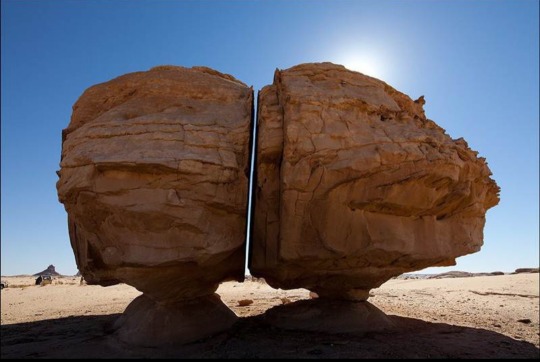
View On WordPress
0 notes
Text

RETARDED 1984 - GEORGE CLOONEY LOGIC
ACTOR'S HELL: MENTAL HEALTH
HARBINGER'S: MEN-TALL HELL
MAESTRO BECOME: MEN-TOLL HEALTH
DANTE'S PARADOX: MENT-ALLAH HELP
JUDGEMENT DAY: METAL HECK
GAIMAN'S HELL: ME TALL TOLL HERPES
BABYLON UNBROKEN: MENINGITIS DUMP TRUCK HARPERS TOONAMI
KINGDOM COME: MENIERE'S MEITNER TAWNEY RICHARD. H HUMAN-CAPITAL THEORY HUNTER GATHERER
PYTHAGORAS THEOREM: MARXISM MARKET FREE MAINE MALE CHAUVINISM TAUTOLOGY TAFT JESSIE TASK ORIENTATION HOLISM HOBBES HOOLIGAN HOMOPHOBIA HEIDER HEREDITY HEGEMONY
ANALOG: SELENA GOMEZ IS AN INFLUENCER. MASLOW, ABRAHAM H.
THE ART OF THE SHITS GIVEN BY HOMELANDER: NONE TAKEN
ACTOR'S HELL: GIVE OR TAKE: HE WANT THAT PUSSY. HE CAN GET IT, BUT HE WON'T GET IT, IT'S THE BABY OF THE GROUP HE TURNS INTO A LITTLE SISTER BIG SISTER BIGOT BOGOF (HE LIKES IT RETARDED CHEAP, LIKE PHYSICALLY DISABLED CHEAP, NO MAN CAN BUY LIKE GOD-LIKE STANDARDS OF A NO MAN'S DEAD DAD NEUTERED CAT ENERGY BUT A WISE-ASS STRONG-ASS MAN TAKE THE HIT BUT ONLY HE LOOKS GOOD (ARYAN WHITE IMPRESSIONIST NIGGA (FRESH PRINCE OF BY-LAWS COMMUNIST IDEAOLOGY GOD-LIKE HETERO STRAIGHTISM (ACTUALLY A THING) HE PREFER'S PAKISTANI WOMEN AND YOU CAN TELL
HARBINGERS: HE DOES NOT LOOK THE PART (GOOD) KNOWS HIS FANBASE (DESI NIGGAS)
MAESTRO BECOME: HE LOOKS LIKE HIS WIFE TOOK THE HIT (BEFORE HE MET HER) BY HER DUMBASS MOM (HOME GOVT.)
DANTE'S PARADOX: LGBTQIA+ MY ASS. YOU CAN SEE A STRAIGHT MAN WALKING TO YOU AND IT'S THE END TIMES IF YOU THOUGHT TURNING HIM ON IS A BAD IDEA WONDERING HOW HE KNEW IT
JUDGEMENT DAY: THE EYES ONLY ADORE HIS WIFE ONLY (YOU CAN TELL), LIKE THE PASSION ONLY GROWS STRONGER IF SHE IS EYEING HIM FOR ALL HIS EMOTIONS COMING TRUTH AND TRUE IN EVERY SINGLE WITCH WAY (TRUTH BE TOLD IT'S COMMON SENSE YOU'RE LOOKING FOR) HE TURNS UP AND IT'S DAJJAL LOGIC FROM THERE (YOU SHIT YOURSELF THINKING HE HAS THE HEART FOR YOU (TURNING YOURSELF ON WORKS TOO WELL: LGBTQIA+ WON'T TURN HIM ON (BAD DAY FOR EUPHORIA (TV SHOW) NIGGAS)
GAIMAN'S HELL: INNUENDO'S ARE IN HIS CLOTHES, ALL YOU'RE SEEING IS A NAKED MAN MAKING MOVES ALL THE TIME (THE AMOUNT OF C*CK HIS WIFE HAS IS NOTHING AND IT'S ALL 'I FEEL YOUR AROMA (CL*T) IN THE AIR AND IT'S THE FRAGRANCE OF HER DGAF RESTING BITCH FACE OVERRULING YOU (HER DREAM CAME TRUE TO FIND THE MEDICAL INDUSTRY TOO DAMN POISONOUS FROM HER OWN BROTHER (WEENIE GAYLORD HEARTBROKEN NIGGA BECOME)
BABYLON UNBROKEN: HE IS A STRONG FAN OF THE FALL (2006) THE ONE WITH LEE PACE, IT'S IN THE WAY THE MASKED BANDIT (LEE) EYES ALEXANDRIA ABOUT A DREAM TO HOLD ABOUT A MASKED LANGUAGE HE LOVED SINCE (LIKE THE WORD CARE AND THE RETINA COMES FROM LEGACIES MADE, SO THE DO ME EYES WORK WELL IF HE DID NOT F*CK THE CHILD, BUT THE EYES INTENT ON HIS FUTURE WIFE COME OF AGE (PSYCHOLOGICAL BOUNDS OF INTELLIGENCE CROSSED (WORKING TO POOR CLASS STANDARD WIFE HE WANTED TO MARRY) IS EVIDENT ON HOMELANDER AND THE VIEWER (HE TEAMS UP WITH HIM TO F*GHT A WAR INSIDE THEIR HEADS SOONER OR LATER)
KINGDOM COME: HIS SUIT (NAVY) HOLDS NO APPAREL (PATRIOTIC EROTICISM) IS FORMED IN HIS DEMEANOR NATURALLY (TV ONLY), SO HE HAS THE PHILHARMONIC ORCHESTRA DOING ALL THE WORK FOR HIM TO LEAD AND LEAD TRUE (FOUNDER OF THE SEVEN)
PYTHAGOREAN THEOREM: DAMNATION OF A WARLOCK (PREJUDICE OF A HERO IN THEIR OWN CLOTHES) FIGHTS WITHOUT A MILE TO BREAK TIME IN A NEW EDEN AGAINST PATRIARCHY ITSELF IN A HOMEBOUND SITUATION OF NOW, BORDERLANDS. HE WEARS THEIR SHAME AND DISRESPECT WHICH IS WHY MANY FANS DON'T SEE THE WORKFORCE OF A GOOD MAN GOING ROGUE OF MORALITY AND TIME SPENT CREATING NEW REGULATIONS AGAINST A POLITICAL BACKTRACK OF THE ODDS OF OCCULTIST ARTS HIDDEN IN A GENDER DYSPHORIA WALLS OF SELF DESPAIR IMITATED BY TOON ITSELF (HIS WIFE IS IN BATTLE)
ANALOG: HORNY MEN CREATE INTRUSIVE THOUGHTS, WOMEN KILL THEM FOR IT (TRUE ENEMY IF IMAGINATION BECOMES LETHAL INJECTION POISONING PER DAY OF ARRIVAL OF A NEW WORLD ORDER (POLITICAL JUSTICE OF THE ODDS OF STARTING OVER)

COST OF LIVING CRISIS (UK) HAS YOUR MENTAL HEALTH MAKES YOU FEEL LIKE MANIFESTING LOOKS LIKE THIS
#you picked the wrong george#rare beauty#sonny with a chance#demi lovato in actual reality#camp al naslaa
4 notes
·
View notes
Note

Al Naslaa Rock Formation, Saudi Arabia
33 notes
·
View notes
Text
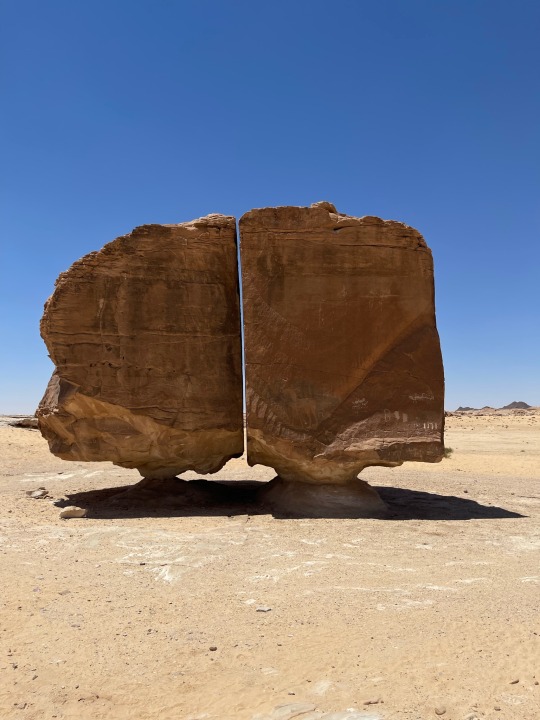
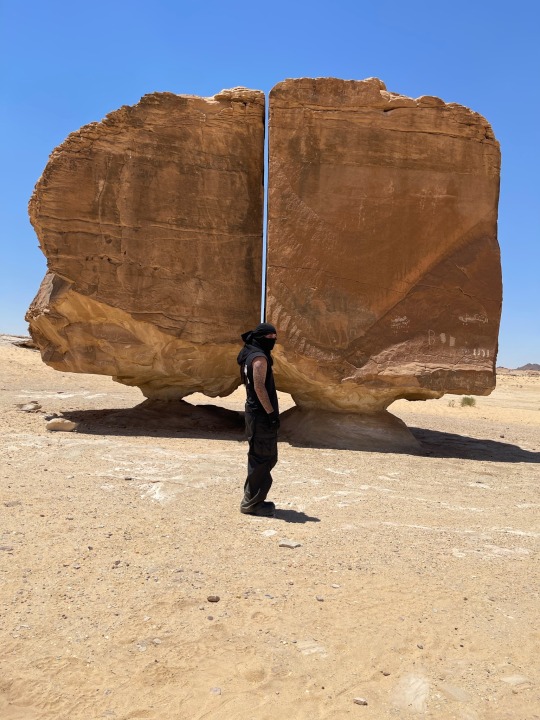
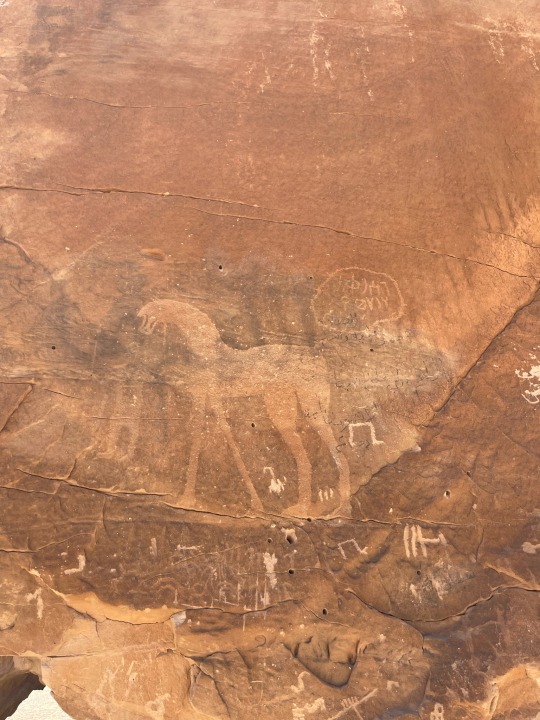
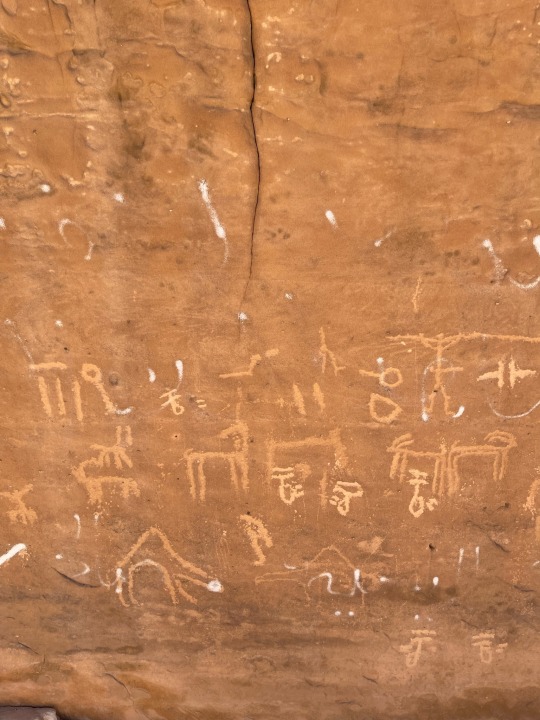
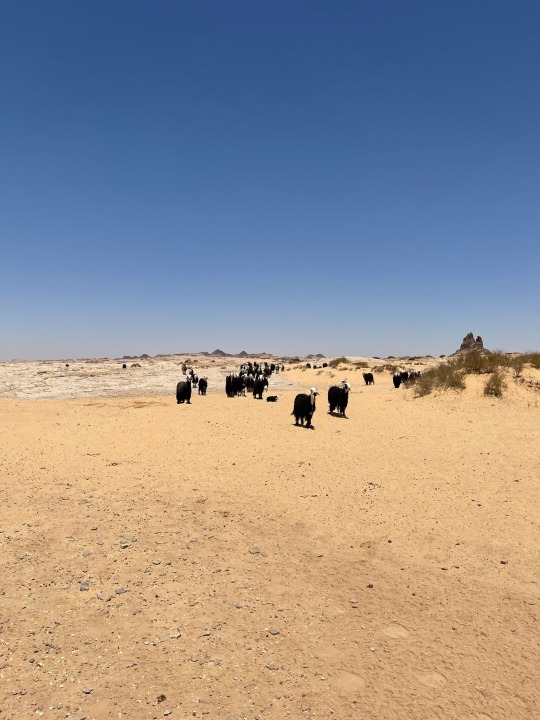
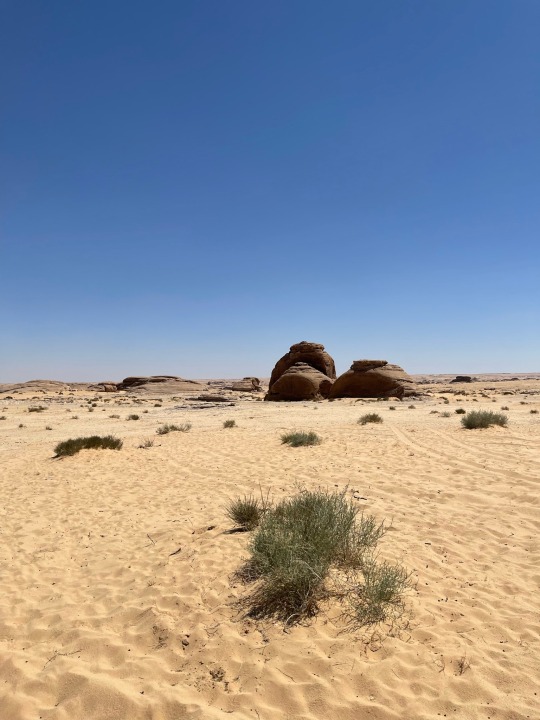
Al Naslaa Rock, placed in Tayma oasis, Saudi Arabia.
133 notes
·
View notes
Text
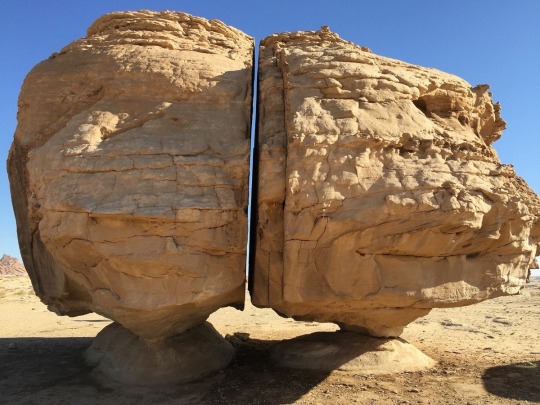

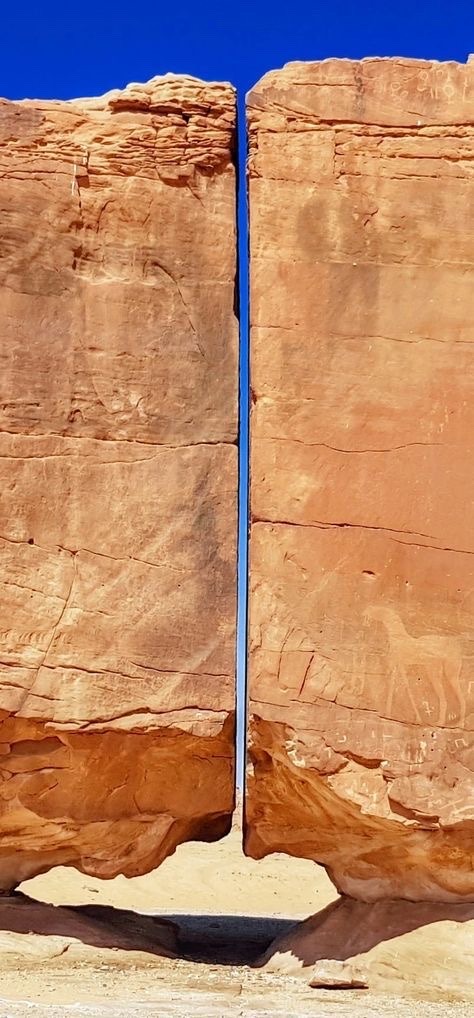
The Al Naslaa rock formation.
3 notes
·
View notes
Text
Al-Naslaa: la singular roca con una fractura vertical perfecta
La famosa roca Al Naslaa está formada por dos enormes rocas de arenisca que se alzan sobre pequeños pedestales. Lo que más sorprende es el corte perfecto entre las piedras.
2 notes
·
View notes
Text
Submitted by Google Form:
I want my world to have a crazy amount of impressively shaped rocks that stick into the air, but the main thing I want is to have them be big at the top and small at the bottom, basically ones that may not look stable. Think ones like Al Naslaa or Balancing Idol Rock. But I also want to do this with much larger rocks and smaller bases and literally all over the place, not isolated areas. I'm thinking the largest ones are definitely over a km long where you can literally walk near the base and be under the whole thing, even put a house there. I'm thinking of actually putting a standard sized athletic track around the base of one too. How possible is this? How could this happen? How about safety concerns? What's the largest difference of size/base I could go?
Tex: Physics is rather the bane of everyone’s existence when it comes to worldbuilding, because ordinarily such a shaping of rocks usually topples over because of an uneven weight, erosion at the thinnest part, or even an earthquake that snaps it in half. I would look at your references - in this case, Al Naslaa and Balancing Idol Rock - and work out some rough visual proportions. Once you have those, calculate the ratios between thinnest and thickest sections of the rock, and maybe vary things by up to, say, 5% for some plausible deniability on the physics. After that, you can take your kilometer-long top and estimate how thin, in comparison, the thinnest section of your rock would need to be.
Wootzel: Ah, hoodoos! We love a good hoodoo.
The two examples you mentioned are somewhat extreme for Earth standards, but hoodoos of various sizes and shapes crop up in lots of places. They generally form when a layer of harder, more resilient rock forms on top of a layer of softer rock that erodes more easily, or when a boulder made of harder rock winds up sitting on softer rock for a long time. This usually happens when igneous rocks (made by volcanic activity) form over sedimentary rock, since sedimentary rock erodes much, much more quickly. The harder rock protects what it’s sitting on top of, so the sedimentary rock right up under it isn't touched, but the edges slowly recede until you end up with a slimmer pillar holding up a large mass.
So, what could have caused this to be incredibly common for your world? Perhaps your tectonic plates were slow-moving, pretty stable, for a very long time, but then some wacky event basically took a stirring-spoon to your planet’s surface. This could allow plenty of time for sedimentary rock to be the norm, and then have the planet go nuts with igneous rocks on top. This could be something striking the planet, or even a rogue planet or other large body wandering through the solar system close enough to do some funky yanking on your planet’s shape. You don’t have to define what this event was, or even have it condensed into a singular event, but these are plausible explanations you could play with if you want to look into what other effects this could have on your landscape.
So, let’s say you have a preponderance of igneous rocks, half-eroded, on top of some VERY eroded sedimentary rock. The scale at which this could take place… well, that’s a good question. Erosion would be working at both of these rock types, just at different rates. If the chunk of harder igneous rock is very structurally sound (not cracking or damaged) it could be sitting pretty on top of a relatively thin pillar of softer rock, just as long as none of those eroding forces wear it down too unevenly, destabilize the connection between the two types, etc. Freezing and thawing, if there is ANY water involved, can crack massive rocks all to hell if the rock has any porosity at all, and this could bring half a giant hoodoo tumbling down.
So! Your topping rock type would need to be:
Relatively uniform in thickness (so it doesn’t overbalance as the supporting pillar shrinks)
Very uniform in composition (so different parts of it don’t expand at different rates with temperatures changes, which would result in cracking over time)
Non-porous (so no water can get in and break it up)
Really lucky over a long period of time (no major earthquakes, base rock is also uniform and strong, no crazy tornadoes or other winds, etc)
Is it realistic to do what you’re trying to do in a natural environment? Not especially. Can you make it sound plausible? Yeah, probably. Hardcore geologists in your readership might facepalm a little or jump with joy, depending on their love of whimsy.
Safety concerns are definitely a major thing, but it’s up to you whether you address that. Maybe these massive hoodoos are really so stable that nobody’s worried about them toppling, but that’s not very likely in an earthlike environment. Surveying of the size/shape/composition could let scientists and architects make a reasonable guess on which ones are safer to be around than others. Perhaps there’s a fight in various city councils any time someone decides to build an attraction under one, or people shake their heads at the man who chose to build a house there, or maybe people really just don’t worry.
If it makes you happy, then go for it. Take whatever science you like into the mix, and have fun with your result.
11 notes
·
View notes
Text

This is the Al Naslaa rock formation, don’t know if it’s done by humans or natural. But why would they do this.
4 notes
·
View notes
Text
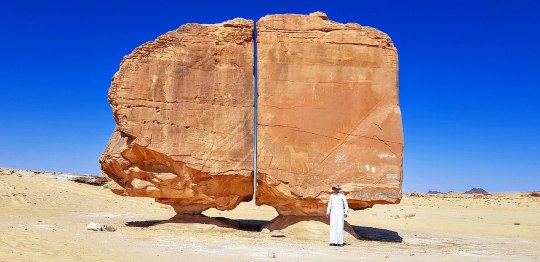
The Al Naslaa rock, Saudi Arabia
photo: By Disdero - Own work, CC BY-SA 4.0, https://commons.wikimedia.org/w/index.php?curid=112085591
1 note
·
View note
Text

Antikythera Mechanism

Al Naslaa Rock

Baghdad Battery

Ancient civilizations were way too stupid to build these therefore, I’ve got to go for ancient aliens.
0 notes
